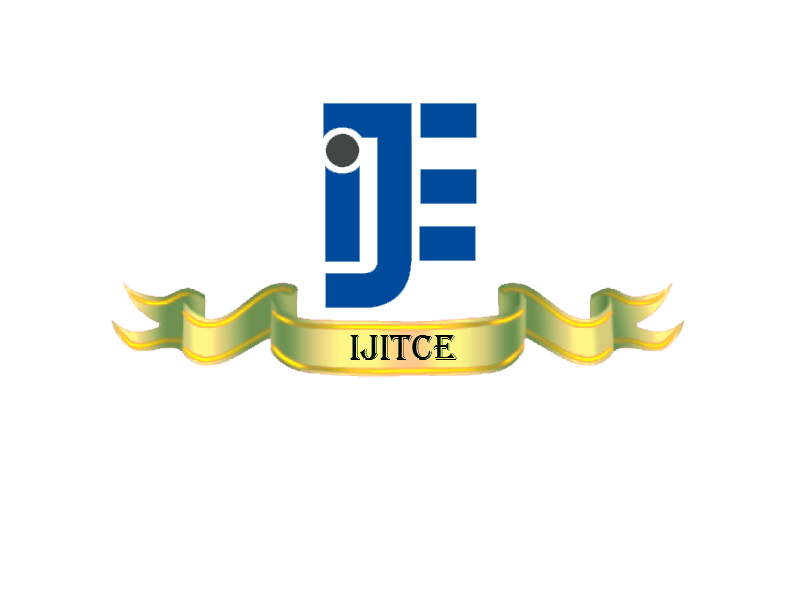July 2014 Issue Vol.4 No.7
Safe communication using Data-hiding method based on Image Steganography and Cryptography
#1 Mrs.B.Sindhupiriyaa, #2 Mrs.R.Sasiregha#1 Department Of Computer Science, SSM College of Arts & Science,
#2 Assistant Professor, Department Of Computer Science,
SSM College of Arts & Science, Komarapalayam – 638 183, India.
Abstract: This paper describes adaptive mechanisms for high-volume transform-domain data hiding in MPEG-2 Image which can be tuned to sustain varying levels of compression attacks. The data is hidden in the uncompressed domain by scalar quantization index modulation (QIM) on a selected set of low-frequency discrete cosine transform (DCT) coefficients. Information-theoretic analyses for data hiding prescribe embedding the hidden data in the choice of quantize for the host data. In this paper, we propose practical realizations of this prescription for data hiding in images, with a view to hiding large volumes of data with low perceptual degradation. Our embedding scheme incurs insertions and deletions at the decoder which may cause de-synchronization and decoding failure. This problem is solved by the use of powerful turbo-like codes and erasures at the encoder. The channel capacity estimate gives an idea of the minimum code redundancy factor required for reliable decoding of hidden data transmitted through the channel. We apply multilevel embedding to allow the amount of embedded information that can be reliably extracted to be adaptive with respect to the actual noise conditions. When extending the multilevel embedding to Image, we propose strategies for handling uneven embedding capacity from region to region within a frame as well as from frame to frame.
Keywords: Image Data Hiding, Multilevel Embedding, Digital Watermarking, Embedding Capacity.
